Tangerine
July 2, 2004-December 31, 2007
Born July 2, 2004 as Treasure Island’s first major entrée into the Las Vegas nightlife scene, Tangerine featured a sophisticated orange-and-white décor and a sexy nouveau burlesque show, and offered club patrons an up-close view of Treasure Island’s Sirens of TI pirate show during the earlier hours of the night. Tangerine was renowned for its long reign as Wednesday night’s true hot spot, but we found, while researching its existence, that the club’s life’s work has been systematically erased from all major nightlife photography archives and nightlife-guide websites. Sadly, it is like it never even lived at all. Undeterred, we do know that Tangerine quietly passed away December 31, 2007, and is now survived by Ed Hardy fashion designer Christian Audigier’s eponymous nightclub.
Bikinis
(?)-December 5, 2005
For many years it was virtually impossible to walk down Las Vegas Boulevard without stepping on at least a few of Bikinis’ coupons that aimed to attract club-goers to their off-Strip nightclub by way of discounted or free “VIP” entry. Located inside the Rio Hotel and Casino, Bikinis offered patrons a South Beach theme and uniformed its staff, both male and female, in sexy swimwear. The party ended on December 5, 2005, as Bikinis moved on to make way for Lucky Strike Lanes bowling alley and lounge.
The Beach
1994(?)-November, 2006
After 12 solid years, a great run by almost anyone’s definition, veteran Las Vegas nightclub The Beach threw its final party in November of 2006. The stated cause of The Beach’s sudden death was “to make way for another construction project,” but The Beach’s staff were only informed of their future unemployment a couple of days before the club shut its doors for good and had little time to prepare themselves.
In its early years, The Beach was a frequent champion in readers’ polls as everything from the best singles bar to the best place to dance, and even the best Las Vegas nightclub. As the years went on, and the Las Vegas nightlife scene matured, The Beach’s popularity dwindled into oblivion as even male tourists, desperate for action, found themselves saying, “No, I would not like you to pour cheap tequila directly into my mouth. Furthermore, why am I here?”
Fever
July 1, 2007-September 1, 2007
In loving memory of South Point’s Fever Nightclub, which was taken from us all too soon at just 63 days old (including a premature soft opening), passing away suddenly September 1, 2007, the victim of a long string of half-baked nightclub-and-something-else efforts by self-described locals’ casinos. Fever’s idea was simple enough: throw up billboards, hire go-go dancers, put a couple of bouncers out front and then just wait for the masses of locals, tired of the mainstream bottle-service venues of the Strip, to start queuing up at the velvet ropes. Unfortunately for Fever, the masses never really took to the idea of partying heartily at the South Point. Formerly located in the northeast corner of the South Point, Fever failed to thrive, quickly succumbed to a chronic lack of suitability and no longer suffering, was immediately converted into the South Point Showroom, all but scrapping any resemblance to a Las Vegas nightclub.
40/40
December, 2007–August, 2008
Jay-Z’s 40/40 club, age eight months, died August 2008 inside the Palazzo after months of rumors and speculation. Born New Year’s Eve 2007, 40/40 immediately suffered a debilitating reputation among nightlife-industry members after a large number of employees were immediately fired within the club’s first 72 hours. After just eight months of effort to establish itself as a mainstream Las Vegas nightclub, Jay-Z’s infamous 40/40 was finally deemed a poor fit for the Palazzo property, bravely passing into the white light, and will eventually come through the other side reincarnated as a luxurious sports-book augmentation that is both managed and fully owned by the Venetian. Jay-Z earned a reported $44 million for his loss. Unfortunately, no service will be held in 40/40’s honor, as we couldn’t find anyone willing to celebrate its all-too-short existence.
Light Nightclub
December, 2001–September, 2007
Born December 2001 inside the Bellagio Hotel and Casino, Light opened to much celebrity fanfare as the most upscale Las Vegas nightclub to date, and, as a result, helped to usher in the modern era of the Vegas mega-club. While there are a number of heated claims as to who was actually the first Las Vegas nightclub to have offered patrons bottle service—Baby’s, Drai’s and Rumjungle will each argue their claim adamantly—it is generally accepted that Light was the first Las Vegas nightclub to require bottle service to be seated in one of their VIP areas. After five successful years, Light Nightclub passed away peacefully during the night over Labor Day weekend 2007, and is survived by The Bank, which opened its doors New Year’s 2008.
Club Seven/Alesium Afterhours
July 4, 2001-November, 2005
Club Seven, born July 4, 2001, was often known for its willingness to try just about anything that could potentially help increase the bottom line, including opening up Las Vegas’ Wednesday-night party for the 19-and-up crowd, bringing in the male revue Men The Show to open just before nightclub hours as a ploy to fill the club with women before its doors opened and frequently being one of the most aggressive nightclubs on the Strip to actively offer patrons those free “VIP” passes along Las Vegas Boulevard. Club Seven closed in November 2005 to make way for the $11 billion CityCenter project, leaving behind many fond memories of its popular Alesium afterhours. It’s in a better place now.
More
- From the Archives
- Women in Nightlife: The Pink Pages (10/2/08)
- Nightlife glossary: An addendum (10/2/08)
- A flush of clubs: A look back at those we miss (7/9/08)
- Fall of the Empire... Ballroom (5/29/08)
Ice Meta_Club
August 5, 2003-October, 2006
Born August 5, 2003 as the first Las Vegas nightclub to offer a fog machine that would submerge the dance floor in a dense cloud of liquid nitrogen, dramatically dropping the temperature of the entire club, Ice Meta_Club was most known for hosting a long list of world-class DJs on a weekly basis and for its time as the star feature of Spike TV’s The Club. Ice’s untimely end came amidst the (planned) condominium boom of 2006, and launched a David-vs.-Goliath controversy among the Las Vegas nightlife industry when Edge Investment Group purchased the 21-acre parcel of land on the northeast corner of Harmon and Koval—where Ice was located—and then entered into a partnership with Starwood Resorts for the planned construction of the $1.7 billion W Hotel.
An elaborate condominium sales center was erected, the surrounding apartment complex was demolished, and most all of the land was cleared, and yet Ice still remained. Fighting the good fight, Ice’s principal owner, Greg Neely, held an iron-clad lease on the land that protected his venue at least until November of 2007, and which would allow for a possible buyout of the lease at any point until it expired in 2012. But with money a factor, Ice inevitably succumbed, going out with a bang in October of 2006. Since its death, the W Hotel project has been scrapped entirely, and Ice remains virtually intact on the hotel’s intended footprint, the empty shell a death mask, a monument to itself.
Baby’s
September, 1998-February, 2004
Located in the basement of the Hard Rock Hotel, the electric-purple- and blue-themed Baby’s is known as the first major Vegas nightclub to offer a variety of music genres via multiple rooms, for helping pave the way for women’s careers in Vegas nightlife by hiring Vegas’ first female VIP host, Shannon Dupont, and, according to one former employee, for being the first in Vegas to offer guests private table areas for a so-called “rental fee”—a precursor to table charges and today’s bottle minimum requirements.
While Baby’s had a successful five-and-a-half-year lifespan, club management ultimately decided that the time had come to convert the space into a much classier venue, which was built from the ground up with VIP table service in mind. In February 2004, Baby’s closed its doors for good and was reincarnated as Body English, which held its grand opening three months later on Memorial Day weekend. In lieu of flowers, please make a donations to the ASPCA in honor of the Baby’s mascot cat.
Utopia/Empire
February 3, 1996-2001; September, 2005-May 23, 2008
Opening February 3, 1996, Utopia was the first freestanding Vegas nightclub to incorporate indoor pyrotechnics, a high-wattage sound system and an “anything goes” mentality. Strongly regarded as the last Vegas nightclub of that pre-casino club era, and the last to feature a colorful pantheon of club kids, before it closed in 2001, Utopia proudly helped launch the careers of many of Vegas’ most successful club-industry members, including current N9NE Group Vice President Michael Fuller.
Starting life over again in September of 2005, a completely redesigned Empire Ballroom eventually picked up where Utopia left off, and quickly gained a reputation for attracting world-renowned DJ talent, for its Late Night Empire afterhours and for its unique ability to transform from a nightclub to a concert venue. In later years, Empire Ballroom, amidst long-standing rumors of not paying their bills and rent delinquency on the part of the leaseholder, was finally evicted on May 23, 2008, for owing $402,697 in back rent, just hours before headliners Scooter and Lavelle were scheduled to give their Memorial Day weekend performance. Empire Ballroom (née Utopia) leaves behind an empty building and partner Gino LoPinto, who is carrying on his Late Night afterhours operations at MGM Grand’s Studio 54.
La Bete/Lure
May, 2005-September, 2005; May, 2005-July, 2007
In May 2005, the Wynn hotel gave birth to both La Bete Nightclub and Lure Ultralounge. Still in their confusing adolescent phases, both venues—like many of the entertainment brands inside of Wynn have done in the time since—closed, got head-to-toe makeovers and reopened as new venues under different management and ownership. La Bete, meaning “the beast,” featured a monster-inspired gold-and-purple design and lasted only five months before Wynn pulled the plug and brought in friend Victor Drai and the nightlife team behind Drai’s, who redecorated and reopened the space as Tryst Nightclub. Lure, while notably well-designed, never quite won the hearts of club-goers, and closed in July 2007 to begin a new life as Blush Boutique, which opened the following Labor Day weekend.
Ra
December 27, 1997-June, 2006
Ra Nightclub opened December 27, 1997, inside the Luxor Hotel and Casino, and provided a number of firsts for Las Vegas nightlife throughout its nine years. Among many, Ra was one of the first Las Vegas nightclubs to book nationally recognized house DJs on a regular basis, launched Pleasuredome, the first major weekly Wednesday locals’ electronic night and launched Steven Lockwood’s award-winning A/V party, an event that utilizes television screens to offer the club-goer a visual aspect to what the DJ is playing.
Ra Nightclub closed its doors in June of 2006 to make way for Pure Management’s LAX Nightclub and Noir Bar. Steven Lockwood has carried on Ra’s memory and is currently hosting his A/V parties at Jet Nightclub.
C2k
1999-August 30, 2000; November 11, 2000(?)-2002(?)
At the time of its birth, the 50,000-square-foot, four-level C2k was regarded by owners as “the largest and most decadent nightclub in Las Vegas,” and even proudly billed itself as the “Las Vegas Mega Club” on many of its fliers and club advertisements—a claim further bolstered by its having the size capacity to play host to the 1999 Pimp N’ Ho Ball at the height of the party’s success. But the fame took its toll.
C2k’s descent into oblivion began on July 6, 2000, when the Venetian sent a letter of default to C2k leaseholder H&H, citing as reasons “security problems and drug overdoses.” Two weeks later a 21-year-old Henderson woman died of an apparent Ecstasy overdose that, according to her father’s lawsuit, was the result of drugs that she obtained and ingested at C2k, and because “club employees did nothing to assist her when she became ill.” Resulting hearings were punctuated by allegations of both gratuitous sex and rampant drug use at C2k, ultimately forcing the Venetian to close C2k on August 30, 2000, after a cash settlement was reached, a buyout of the 20-year lease, that stated the club’s management would have nothing to do with the club should it ever reopen.
While we do know that C2k eventually did reopen to very limited success under different management and later vanished, the particulars remain a mystery as reliable sources aren’t too eager to speak of the dead.
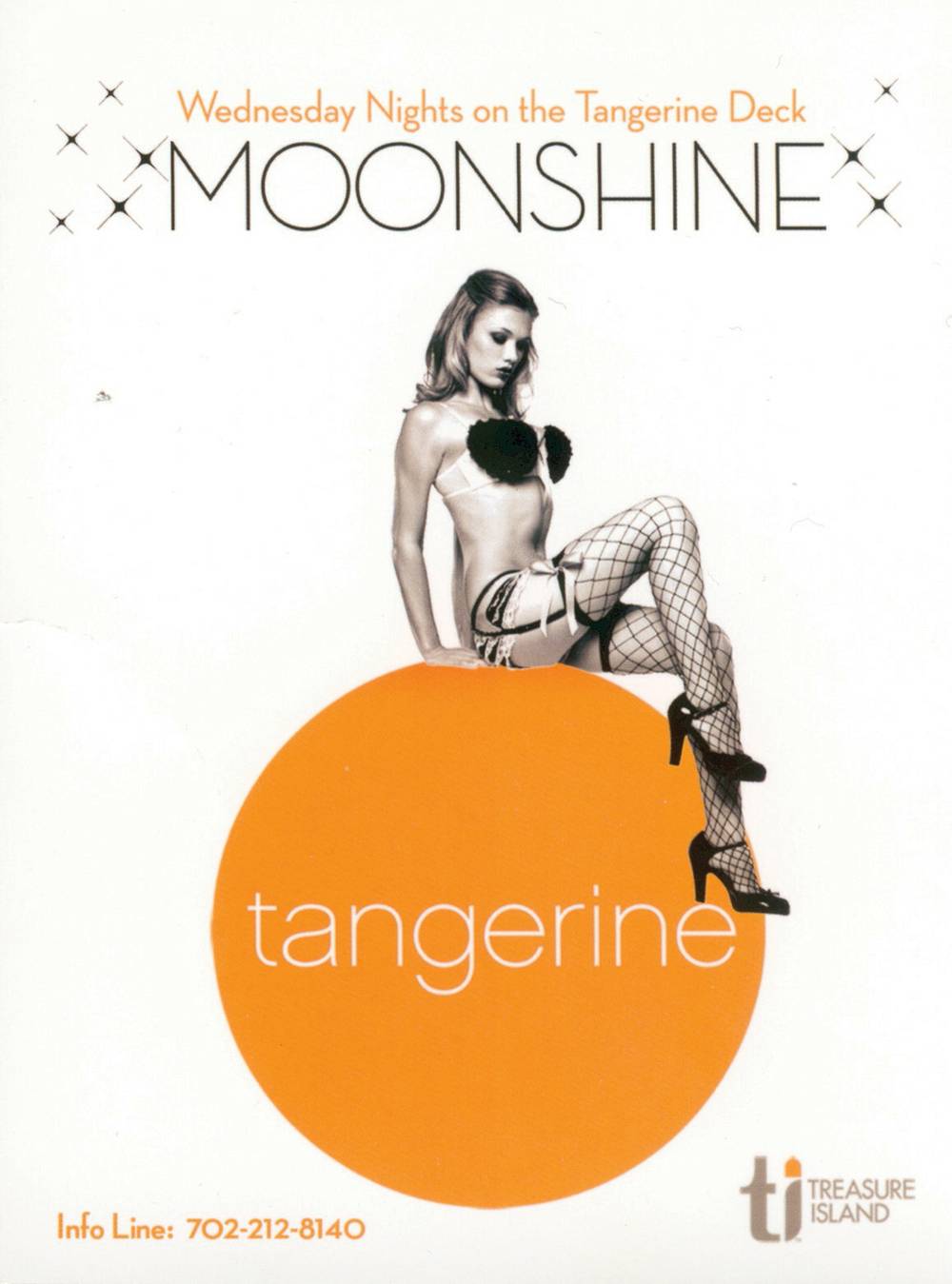
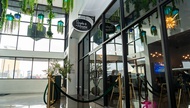
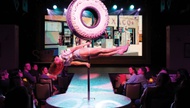

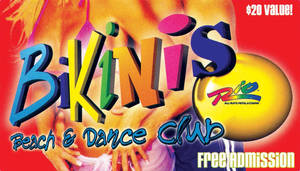



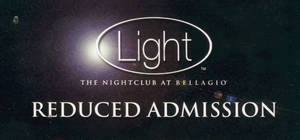
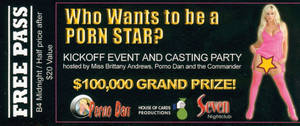
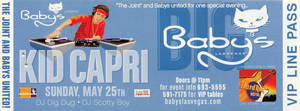



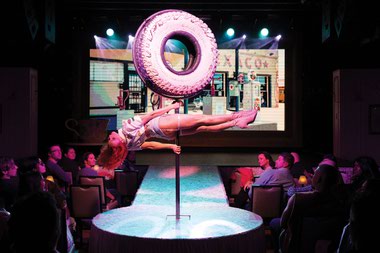
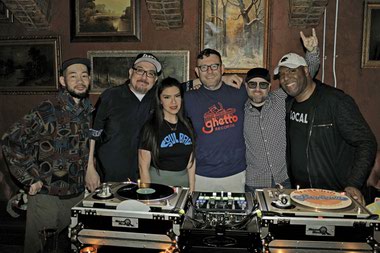
Previous Discussion: